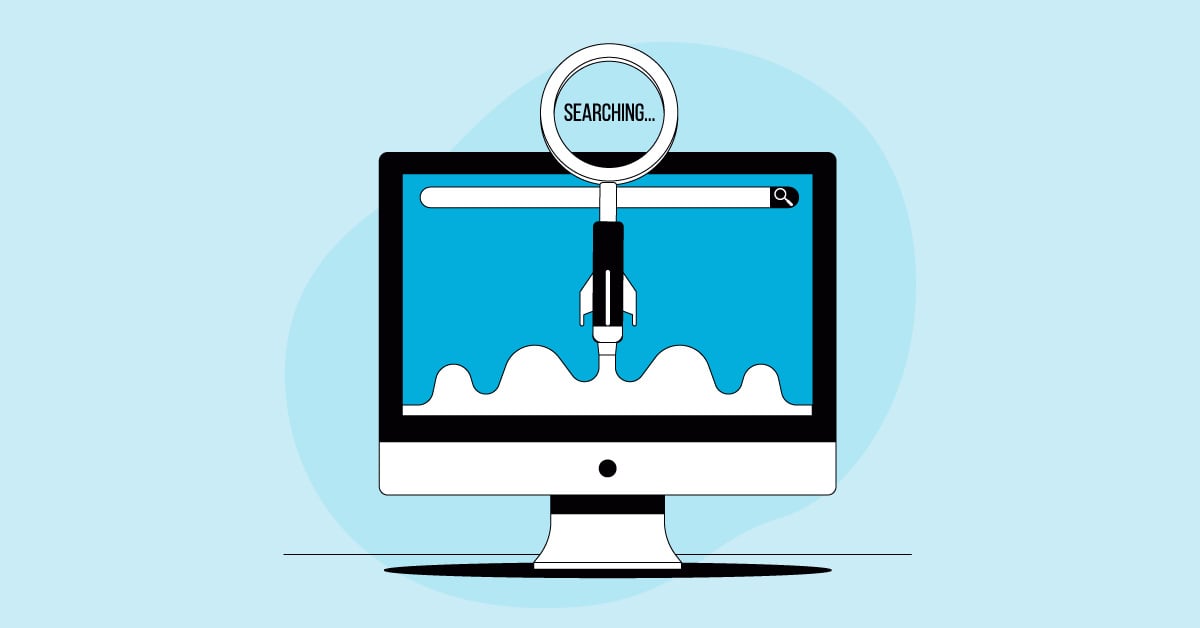Data quality issues come with a hefty price tag. Gartner reveals that organizations lose an average of $12.9 million annually due to subpar data quality. Because data drives strategic decisions, the reliability and accuracy of Business Intelligence (BI) systems are critical to the data-centric business environment and an organization's ongoing success. Effective BI testing does more than prevent costly errors — it builds confidence in the data insights guiding business decisions.
This article covers the core aspects of BI testing, examining its main components and offering best practices for engineering leaders. By mastering BI testing strategies, companies can minimize risks, enhance their decision-making processes, and achieve superior business results.
Understanding BI Testing
BI testing is the process of systematically validating and verifying BI systems to confirm they deliver accurate, consistent, and reliable information. This process involves several areas:
- Data accuracy and consistency checks
- Verification of report and dashboard functionality
- Performance evaluation under various conditions
- Security and access control assessment
BI testing strengthens an organization's decision-making process. By catching and correcting issues early, BI testing prevents faulty data or system failures from impacting business operations.
For engineering leaders, implementing robust BI testing practices is important for several reasons:
- Risk mitigation: It reduces the likelihood of making decisions based on incorrect or incomplete data.
- Performance optimization: Regular testing helps maintain and improve system performance.
- User trust: Reliable BI systems increase user adoption and trust in data-driven decision-making.
- Compliance: Proper testing helps meet regulatory requirements, especially in data-sensitive industries.
Prioritizing BI testing means engineering leaders can significantly enhance the value their teams deliver to the organization, directly impacting the bottom line and strategic success.
Key Components of BI Testing
Data Quality Testing
This component is where testers check whether data in the BI system is accurate, complete, consistent, and up-to-date. Developers do this using:
- Accuracy Verification: Teams compare BI system data with its source to identify discrepancies. This often involves automated comparisons of large datasets, with manual checks for complex cases. Developers set up reconciliation processes to maintain accuracy over time.
- Completeness Checks: Testers scan for null values, missing records, or incomplete data sets. They verify that all expected data fields are present and populated, and that data from all relevant sources is included in the BI system.
- Consistency Assurance: Quality assurance teams cross-check data across different reports and dashboards. They verify that calculations and aggregations produce consistent results and that data follows defined business rules and standards.
- Timeliness Monitoring: Administrators track data refresh rates and update frequencies. They check that time-sensitive data remains current and relevant. They also test data pipelines to confirm timely processing and loading.
Data quality testing uses both automated tools and manual processes. Data profiling tools help identify patterns and anomalies, while validation checks at various stages of the BI pipeline catch issues early. For complex scenarios or critical data points, manual checks provide an additional layer of verification.
Report and Dashboard Testing
Testers evaluate how reports and dashboards function within the BI system, how easily users can interact with them, and how effectively they present data.
- Functionality Verification: Testers check that reports and dashboards display correct data. They verify the accuracy of calculations, aggregations, and data representations across various scenarios and data sets.
- Interactive Feature Testing: Quality assurance teams test interactive elements such as filters, drill-downs, and sorting capabilities. They verify these features work well across different data sets and user scenarios, improving the user's ability to explore and analyze data.
- Visual Assessment: Data visualization experts review the clarity and effectiveness of charts, graphs, and other visual elements. They check that visualizations accurately represent the underlying data and follow best practices in data visualization design, making insights easy for users to understand.
- Cross-Platform Compatibility: Developers check that reports and dashboards display and function correctly across different browsers, devices, and screen sizes. This helps provide a consistent experience whether accessed from desktop computers, tablets, or mobile devices.
Usability testing with actual end-users often uncovers issues or opportunities for improvement that may not be apparent to the development team.
Performance Testing
Testers examine how the BI system performs under different workloads and user scenarios. They do this by performing:
- Load Testing: Engineers simulate expected user loads on the BI system to evaluate its performance under normal conditions. They measure response times, resource use, and system stability to check if the system meets performance benchmarks during typical usage periods.
- Stress Testing: QA teams push the BI system beyond its normal capacity to find breaking points. This involves simulating extreme user loads or data volumes to understand system limitations. The results help in planning system upgrades and implementing failover mechanisms.
- Scalability Testing: Developers assess how the BI system performs as data volume and user numbers grow. They gradually increase loads to determine when performance degrades, informing capacity planning and upgrade decisions to support business growth.
These tests may include query tuning to improve database performance, implementing caching strategies to reduce load times, and optimizing data models for faster processing.
Security Testing
Security Testing protects sensitive data and manages access controls:
- Access Control Verification: Security teams test user authentication and authorization mechanisms. They check that users can only access data and features appropriate to their role, preventing unauthorized access to sensitive information. This includes testing single sign-on implementations, role-based access controls, and multi-factor authentication systems.
- Data Privacy Assurance: Testers check that personal and sensitive data is adequately protected throughout the BI system. This involves reviewing data masking techniques for sensitive fields, checking proper data anonymization in test environments, and verifying compliance with data privacy regulations like GDPR or CCPA.
- Encryption Testing: Security specialists assess the encryption methods used for data at rest and in transit. They verify that industry-standard encryption algorithms are correctly implemented. This includes testing SSL/TLS configurations for data in transit and encryption mechanisms for data stored in databases or file systems.
- Vulnerability Assessment: Cybersecurity experts conduct scans and penetration tests to identify potential security weaknesses. This process uses both automated tools and manual techniques to uncover vulnerabilities such as SQL injection points, cross-site scripting opportunities, or insecure API endpoints.
- Compliance Verification: Teams check that the BI system follows relevant industry standards and regulatory requirements. This may involve regular audits, maintaining detailed logs of data access and changes, and implementing necessary controls to meet specific compliance needs.

Conclusion
Comprehensive BI testing strategies transform business intelligence systems into powerful, trustworthy assets that drive informed decision-making and business success. As organizations' needs and the technological landscape change, engineering leaders must regularly refine their testing approaches to keep their BI systems accurate, efficient, and secure.




%20(1).png?width=150&height=69&name=MuukTest-logo---light-background%20(3)%20(1).png)
